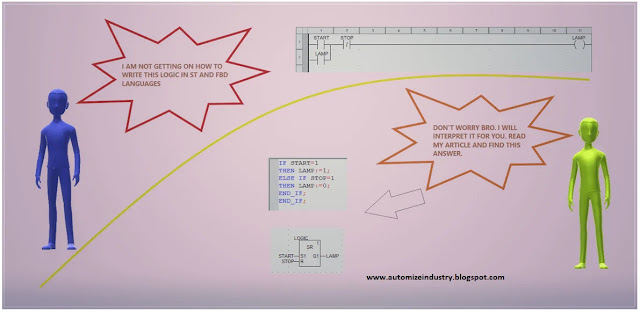Working Principle of Ultrasonic and Radar Level Transmitters
13 July, 2021.
In this post, we will understand the working principle of ultrasonic and radar level transmitters. (Click on the images for a more zoomed view)
In industrial automation applications like food, pharmaceuticals, beverage, dairy industries; it is required to maintain the media density and it’s quality without affecting it and also measuring it’s level in the tank. Media here refers to the medium which we are measuring. For example, in a dairy industry, consider a tank filled with milk. Here, milk is the liquid medium. You need to measure the level of the tank without touching the milk layer. Traditional contact based level gauges and transmitters cannot be used here due to the sensitivity of the product.
In this case, ultrasonic and radar level type level transmitters are of great use. Due to it’s non contact type nature, it can accurately measure the level of the tank without touching the surface medium.
Basic Working Principle:
The basic principle of these types of ultrasonic transmitters is sending sound or microwave pulses to the surface medium and then sensing it’s reflection or echo from the surface. As the speed of these waves are fixed, the distance is measured by the basic formula of – Distance = Speed * Time. It measures the time taken between sending and receiving the waves. This is the Time of Flight (TOF) principle. Based on the time taken and the speed of the waves, the transmitter calculates the level of the tank by correlating it with the distance between itself and the surface.
A main parameter in choosing the right type of transmitter is the dielectric constant of the medium. It has a strong impact on the quality of reflections. Media with a high DC value will reflect clearer and stronger pulses back to the transmitter. Media with a low DC value will absorb more of the pulses itself, which will result in less strong and accurate pulses back to the transmitter.
The frequency of the waves also matters in this scenario. Higher the frequency, narrower will be the pulses and less chances of it to clash in the nearby surrounding like walls or some other layers.
These types of transmitters work in all the liquid, vapor and solid layers.
If you are using this type of technology, obviously, antenna too matters a lot. The basic setup of this detector consists of a transmitter with oscillator, antenna and a receiver with a signal processor and graphical interface for the user. Antenna needs to be cleaned properly for more accurate signals. Cone antennas are the most used because they are bigger in size and can absorb more returning microwaves. For areas with narrow nozzles, a rod antenna is used.
Types of Ultrasonic and Radar Level Transmitters:
Ultrasonic Level Transmitters
Ultrasonic waves are nothing but sound waves. They are generated in a piezoelectric method and sent on the medium surface.
Non Contact Radar Level Transmitters
Microwaves or electromagnetic waves are sent through these transmitters. The speed of these waves is proportional to the speed of light.
Guided Radar Level Transmitters
A probe is inserted through the medium in this case. Radar frequencies are guided along this probe. It provides continuous and reliable measurements with higher accuracy, due to it’s guidance by the probes. The wave energy remains high despite being in harsh conditions.
These types of transmitters are a safe solution in hazardous and sensitive environment. As they maintain the hygiene of the media, they are extremely reliable and accurate to use. A key advantage of this detector is that it is resistant to any change in pressure, temperature and internal vapor conditions of the tank; which does not affect the accuracy of the device. And, as they don’t have any moving parts, they require less maintenance.
But, installing these sensors requires a high quality of engineering study by qualified personnel, due to the complex technology used. The sensor will need a clear and unobstructed view of the surface in the first place for high accuracy. Earlier, there were conditions where any obstruction would generate false echoes and send it to the receiver module. But, nowadays, due to advance in technology and complex algorithms, these false waves are ignored and it accepts only proper receiving signals. Turbulence of the surface also matters in the installation of these devices. Nowadays, advanced levels of installation guidelines ensure that the turbulence of the surface does not affect the accuracy of the signals.
I have covered the general principle of ultrasonic and radar level transmitters. I have also not attempted to cover every theory of these sensors deeply; you can learn it easily once you get familiar with them. I have just given you an insight of these types of controls. A great instrument understanding is required by the engineer who is controlling such type of device. Learn the basics and explore a new type of study in this type of automation.
Thank you guys; I hope you enjoyed reading the practices normally used for this type of study in industrial automation.




Comments
Post a Comment
If you have any queries, please let me know